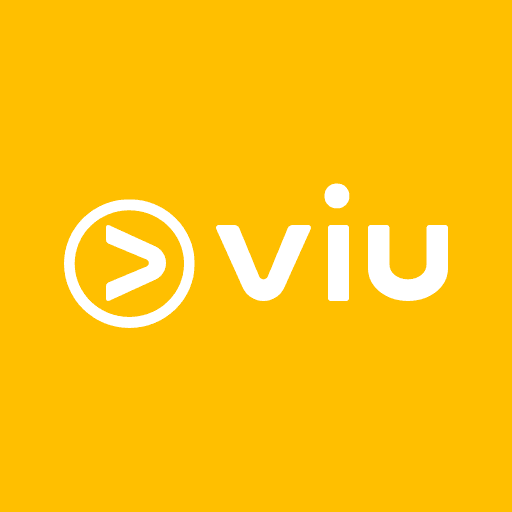We couldn't be happier with the OTT app developed.
Throughout the process, Nitin's collaborative approach and open communication ensured a seamless experience. The outstanding results achieved have elevated our brand and positioned us for long-term success. We couldn't be happier with Nitin's work.

Technologies used
Next, GQL, Node, AWS, Google Ads, Firebase, GA4
Challenges
Large Data Sets: OTT applications often deal with large sets of multimedia data. Efficiently handling and rendering large amounts of media content can be challenging. Streaming Performance: Ensuring smooth video streaming and handling buffering issues require careful optimization.
Diverse Devices: OTT applications need to work seamlessly across various devices and browsers. Ensuring a consistent user experience on different platforms can be challenging.
Content Protection: Protecting premium content from unauthorized access or piracy is crucial. Implementing secure video streaming protocols and DRM solutions is challenging. User Authentication: Implementing secure user authentication and authorization mechanisms to control access to premium content.
Traffic Peaks: OTT applications may experience sudden spikes in traffic, especially during live events or popular content releases. Ensuring scalability to handle increased loads is a constant challenge.
User Engagement: Implementing real-time features like live chat, comments, or synchronized viewing experiences requires advanced interactivity features.
Algorithm Complexity: Designing and implementing effective content recommendation algorithms that consider user preferences, watch history, and other factors can be complex.
Payment Integration: Integrating secure payment gateways and implementing different monetization models, such as subscriptions or pay-per-view, adds complexity. Ad Integration: Implementing ad-supported models and ensuring a smooth ad viewing experience.
Download and Offline Viewing: Implementing features for users to download content for offline viewing and managing offline playback can be challenging.
Optimizing CDN Usage: Effectively utilizing CDNs to ensure low-latency content delivery globally and handling edge case scenarios.
Geographical Restrictions: Ensuring compliance with content distribution regulations and handling geographically restricted content.
Device Fragmentation: Testing on a wide range of devices, browsers, and operating systems to ensure a consistent experience.
Third-Party Services: Integrating with external services, APIs, and maintaining compatibility as these services evolve.
Solution
Ensuring optimal performance involves implementing lazy loading and virtualization for large data sets, and employing adaptive bitrate streaming for smooth playback. Cross-browser compatibility demands thorough testing across diverse devices. Security concerns require robust measures such as DRM for content protection and secure authentication methods. Scalability is addressed through cloud services, CDNs, and optimized database queries. Real-time interactivity leverages WebSockets for user engagement. Content discovery and recommendation involve complex algorithms and machine learning libraries. Monetization strategies require secure payment and ad integration. Offline mode implementation involves a robust download manager and local storage. CDNs are optimized for global content delivery. Regulatory compliance addresses geographical restrictions. Testing challenges are met with automated tools, and API integration requires regular updates and fallback mechanisms. Success hinges on collaboration, ongoing optimization, and responsiveness to user feedback and industry trends.
Result
Fully optimized OTT application with very good web vital scores.





